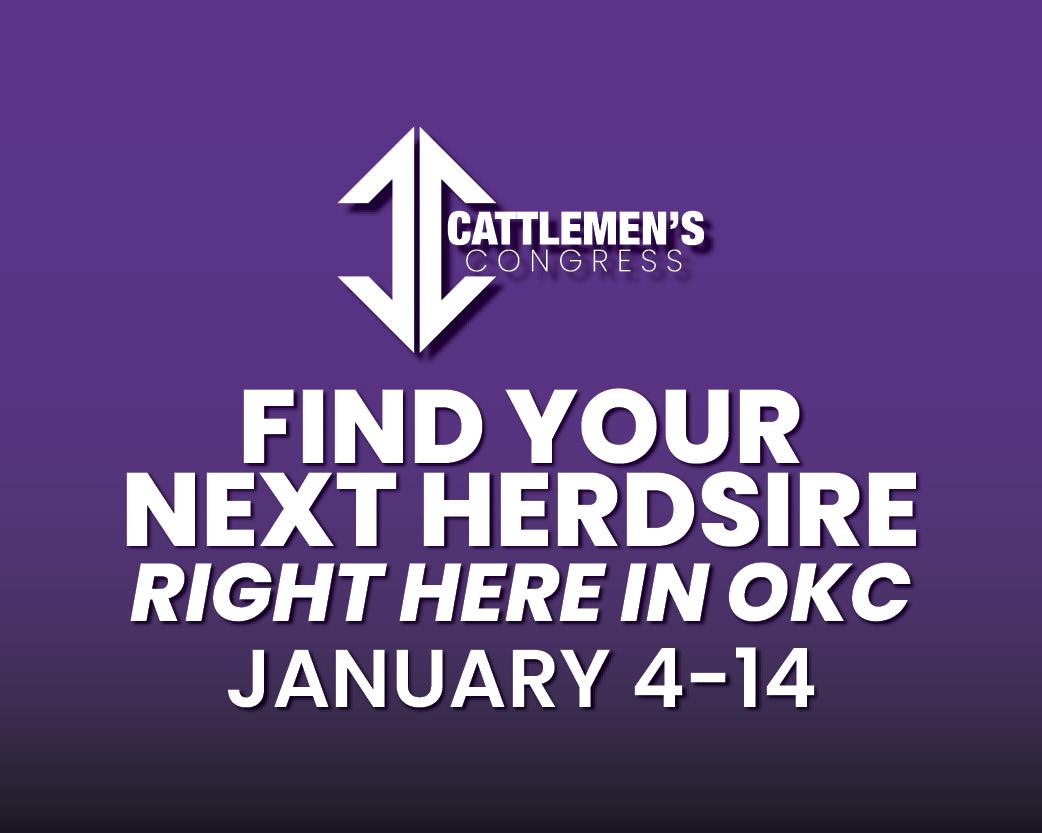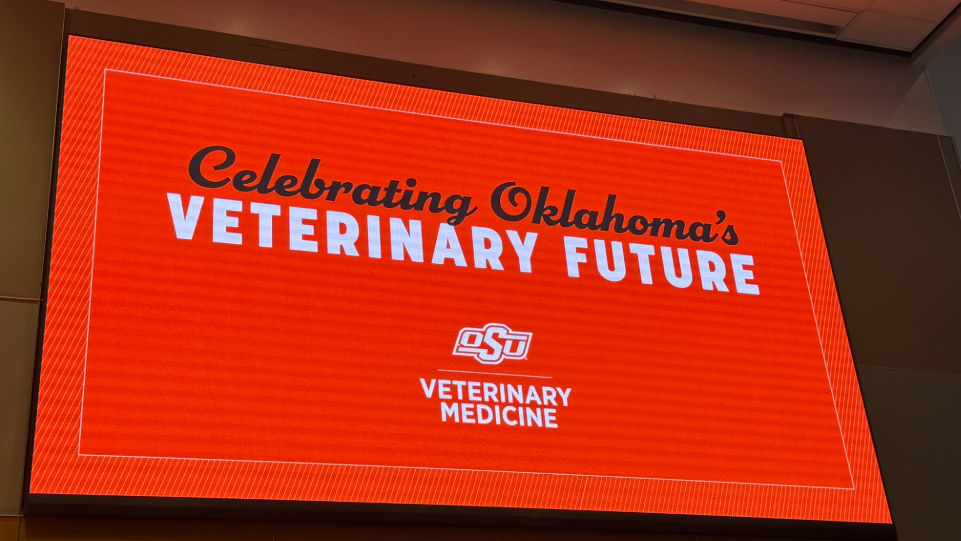
In a monumental step for veterinary education in Oklahoma, leaders gathered to celebrate the new School of Veterinary Medicine at Oklahoma State University (OSU). The celebration commemorates a historic $250 million state funding appropriation for the reconstruction of a new, state-of-the-art veterinary teaching hospital. Farm Director KC Sheperd caught up with Steve Thompson, Director of Public Policy with the A&M Board of Regents, who hailed the day as the culmination of a dedicated, multi-year effort.
“It is a great day in Stillwater,” Thompson said, reflecting on the journey. He explained that the project became a top priority for the Board of Regents last summer, with leaders working closely with OSU President Dr. Jim Hess and the Vet Med Authority Board. The effort involved hosting legislators on campus and a “full court press the entire spring at the state capitol” to secure the necessary funding. Thompson was especially grateful for the support of the statewide vet med alumni community, noting that the new facility will have a significant impact on the future of Oklahoma’s agricultural industry.
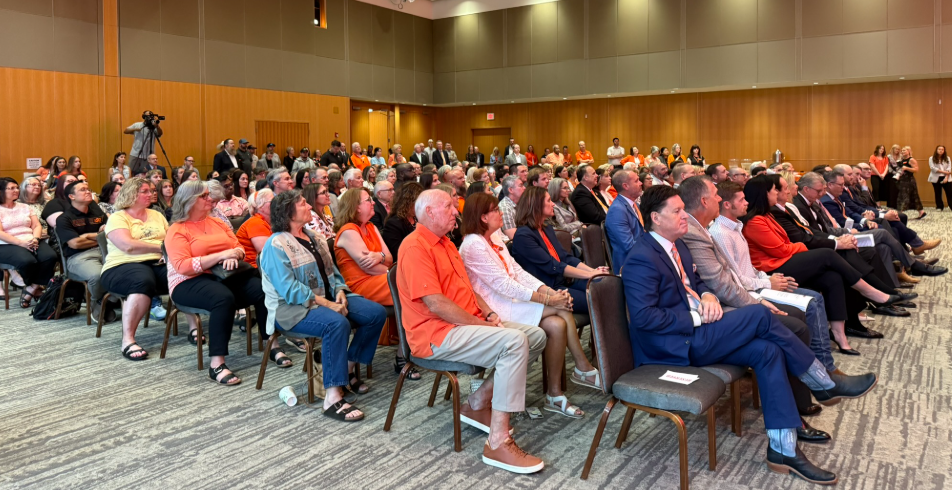
A Legislative Priority for Oklahoma’s Core Mission
Thompson detailed the challenge of securing such a large budget item, explaining that a state budget is “a reflection of your priorities.” He acknowledged that while some legislative leaders championed the project from the start, others were a “little bit harder sell” because they did not have a background in agriculture and didn’t fully grasp the school’s impact. The negotiation process required a collaborative effort to educate these legislators on the current condition of the school and its vital role in the state. “We can’t thank those legislators enough for helping us,” Thompson said, extending his gratitude to both early and “late adopters” for coming together to make the funding a reality.
The project is seen as central to OSU’s land-grant mission. According to Thompson, President Hess’s top priority is to ensure the university remains focused on this mission, and the College of Veterinary Medicine is at the core of that identity. “We do a lot of things great in Stillwater, but we need to strengthen our core and make sure that we’re doing the things that we were created to do,” Thompson asserted. This investment is viewed as a foundational move to reinforce the university’s commitment to agriculture and the state’s economy.
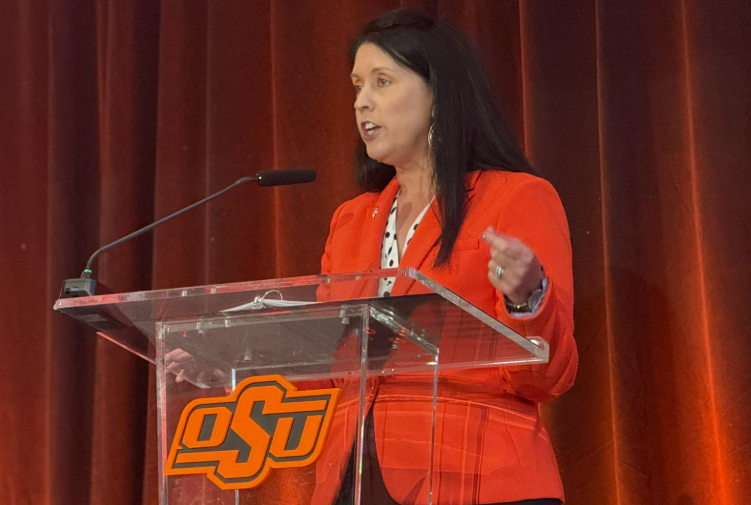
Looking Ahead: Continued Growth at OSU
With the vet med project moving forward, Thompson confirmed that architectural planning is already underway. OSU is now turning its attention to other initiatives. He noted that the Board of Regents will review a list of investment ideas from various colleges, including projects related to agronomy and activities in the Tulsa area. This process will help define the university’s legislative priorities for the next year.
Thompson expressed personal excitement about his first year in the role, saying he now has a better grasp of the “large scale of the team of experts here at Stillwater” and the statewide network of the “cowboy family.” He looks forward to seeing what new ideas will be prioritized as the university moves into its next phase of growth.
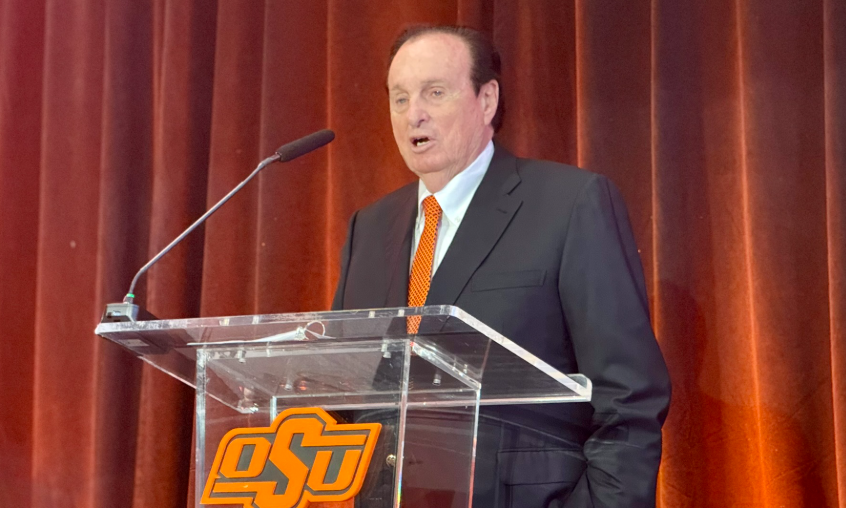
A Vision for Veterinary Excellence
Sheperd also visited with OSU Regent Jimmy Harrell, a long-time champion of the project, who shared his deep personal connection to OSU’s College of Veterinary Medicine. “I was here when it was at the top of its game, many years ago,” Harrell recounted, recalling bringing his top racehorses to the campus for care. This firsthand experience fueled his desire to see the veterinary school reclaim its elite status. He credits a pivotal conversation with then-executive director (now President) Dr. Jim Hess, who told him, “Jimmy, you can’t take it to number one the way it is. We’ve got to have a new teaching hospital if we’re going to go to number one.” This clear vision set the stage for the ambitious undertaking.
Harrell, known for his persuasive nature, described himself as someone who “tries to make things happen and improve things wherever I am.” This drive proved instrumental in galvanizing support for the project.
Securing State Funding: A Battle of Priorities
A core group of legislative champions, combined with persistent efforts to educate others on the school’s crucial role in food security, public health, and the agricultural economy, ultimately swayed the decision-makers. Regent Harrell highlighted a key conversation with Governor Kevin Stitt, whose own grandfather was a head veterinarian at the Oklahoma City stockyards. Harrell recalled telling the Governor, “you know what your grandfather needed,” which helped him “come around to seeing what we were talking about, and the need, the value to the state.”
The effort required a “full court press the entire spring at the state capitol,” leading to the successful appropriation. Harrell stated, “We’ll build a number one vet school in the nation.” He was resolute in his vision, even pushing against initial goals, emphasizing, “He was always talking about top 10 in the first meeting. I told him, you’re talking about top 10, but this has got to be number one, or else, if we start 10, we’ll be back at 20 again.”
Impacting the Future: Beyond the Campus
Beyond the physical structure, the new veterinary teaching hospital is seen as central to OSU’s enduring land-grant mission, which focuses on access to education and problem-solving through research, extension, and instruction. This investment is viewed as a vital step in strengthening the core of the university’s agricultural programs.
Regent Harrell also stressed the importance of engaging the next generation in agriculture, referencing his long-standing commitment to youth initiatives like the Oklahoma Youth Expo (OYE). He highlighted how, with the help of others like Bob Funk, they transformed OYE from a $300,000 premium sale to over a million dollars in premium sales and scholarships. For Harrell, contributing to the new vet school was the “best way to help OSU.”
Reflecting on the arduous two-year process, Harrell concluded, “You wonder sometimes, is it really worth it? But it is, and it’ll be a great thing for Oklahoma and for the nation, really not just Oklahoma and Oklahoma State, but it’ll do a lot of good medically across the nation. Before it’s over.”














